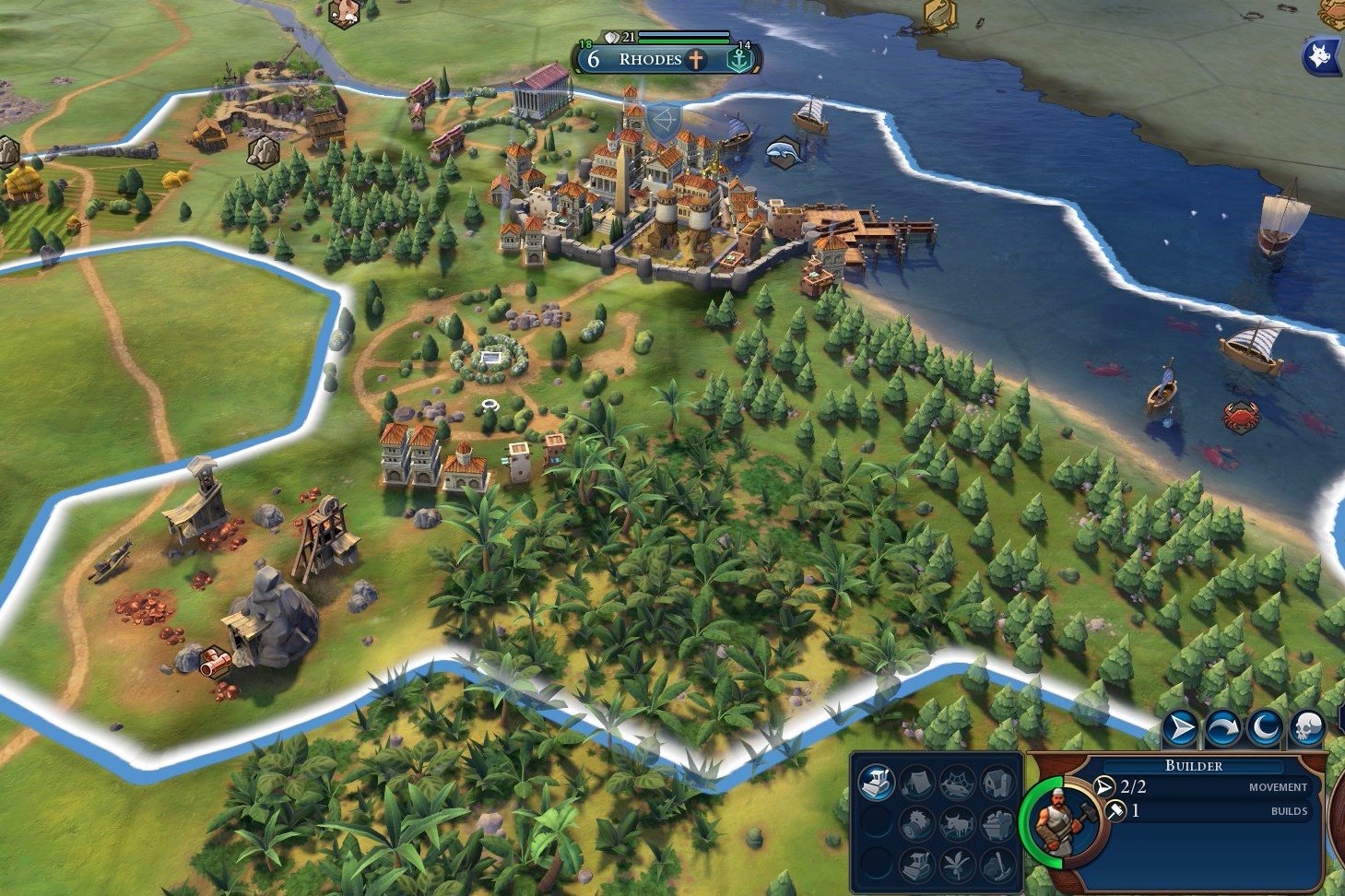

How do you stop war weariness in Civ 6?Ĭity Combat Basics In Civilization 6 The key to taking over an enemy city is to get a unit to defeat the health of the city center tile and then physically take it over.What happens when you capture a capital in Civ 6?.How do you influence city states in Civ 6?.However, by the use of player-made modifications and the in-game map editing tool (World Builder), students may set up a scenario that can emulate real world events. Provides +2 Envoys every time you build a World Wonder, including when you build Apadana +2 Great Works slots. How do you take over a city in Civ 6 Reddit? About World Play 6 How To Maps Civ Builder.How do you grow an occupied city in Civ 6?.What units can capture cities in Civ 6?.
#Civ 6 world builder how to increase city population free

I'm glad they dropped the scaling tech costs, but personally, I think it's gone too far the other way - I've never had much happiness issues (even with like a 20 city empire) except for an extended war where I have conquered cities. This all depends highly on available terrain and ressources (which might block district placement) as well as adjacency rules for the district type A and your civ. This 3-city-complex would yield +18 +14 +14 as base yield for districts A1-3. Usually you also get adjacency bonus for number of districts around (+1 for 2 districts) which can add another +6. Civ VI: How to save and play a World Builder Map. In theory 3 cities can overlap so that A1 has adjacencies with B1, B2, B3 (+12) while A2 and A3 each still have 2 adjacencies with Bs (+8). In this Civilization 6 guide, you will find out how to deal with Barbarians when you are in the initial part of the game. (When there is space, you usually also add another District A2, which profits from B1 and B2 and gets another +8 (or +10).) Now build a second city with District B2 close to A1, to double the bonus to +8 (or +10 with number of district adjacency bonus.). In City 1 you build District A1 (no bonus), then District B1 which gives bonus to A1 of +2 x 2 = +4. Now imagine you have District A, your high priority district, and District B which gives a +2 Bonus to District A. You can use Policy Cards which double Adjacency Bonus.

New districts can be built in a city after every 3 citizens worth of growth, meaning a city with 1-3 citizens can have 1 district, a city with 4-6 citizens can have 2 districts, and so on. (A secondary, and somewhat harder to solve, issue is that once a city has completed its highest priority district and that district's buildings, further development does very little to improve that district's yield). However, it’s important to realize that the population limit grows linearly. Expansion should provide the potential for more science and culture output, but it shouldn't give you so much of them automatically. I think that the primary reason for this is that too much science comes from raw population. This makes a lot of sense, but I do think that, as the balance currently stands, expansion is too important relative to development. I'd say the reason for the removal of science cost scaling is that it was a somewhat arbitrary (and possibly unnecessary) solution for a Civ V balance issue and that, when building new system, it makes sense to remove that sort of fix until and unless they prove necessary.Ĭiv VI's city management system seems to be built on the principle more cities is always better than having fewer cities and that having more development in those cities is always better than having less.


 0 kommentar(er)
0 kommentar(er)
